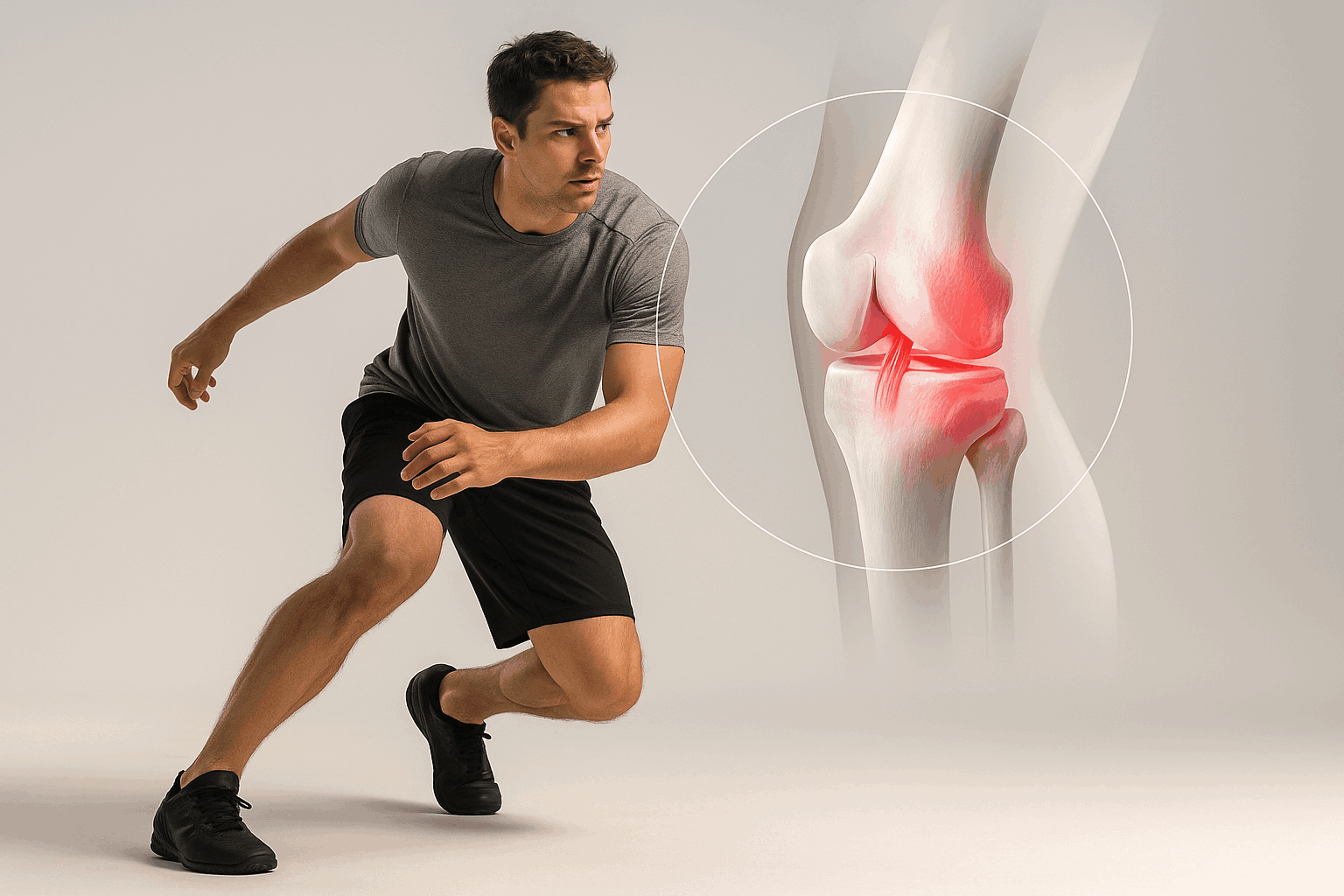ACL injuries are among the most common sports-related injuries, affecting athletes of all levels—from recreational players to professionals. A torn ACL doesn’t just sideline you from your favorite activity; it also demands time, patience, and the right care to recover fully. This comprehensive guide explains everything you need to know about ACL injuries, from how they happen to how you can rehabilitate and return to your sport.
What is an ACL Injury?
The Anterior Cruciate Ligament (ACL) is one of four major ligaments in your knee. Its primary role is to stabilize the knee joint and control back-and-forth motion.
An ACL injury, often called a torn ACL, occurs when the ligament is overstretched or torn due to sudden stress. These injuries are especially common in high-impact sports that require quick pivots, jumps, and direction changes.
Causes of ACL Injury
Most ACL injuries happen during sports or physical activities that involve:
- Sudden stops or rapid changes in direction
- Jumping and landing awkwardly
- Direct collisions with another player
- Twisting the knee beyond its normal range of motion
Sports with higher ACL injury rates include soccer, basketball, football, and skiing.
Risk Factors for ACL Injury
While anyone can suffer an ACL tear, certain factors increase the risk:
- Gender differences: Female athletes are statistically more likely to experience ACL injuries due to anatomical and hormonal factors.
- Improper footwear: Shoes that don’t provide proper support increase instability.
- Playing surface conditions: Uneven or poorly maintained fields raise injury risk.
- Previous knee injuries: Past ligament or meniscus issues can make the ACL more vulnerable.
Symptoms of ACL Injury
Signs of an ACL tear are usually immediate and difficult to ignore. Common symptoms include:
- A loud “pop” at the moment of injury
- Sudden, severe knee pain
- Rapid swelling within hours
- Instability or the knee “giving way”
- Difficulty bearing weight on the injured leg
Diagnosing an ACL Injury
If an ACL tear is suspected, a healthcare professional will carry out:
- Physical examination: Tests like the Lachman test or pivot-shift test check for knee stability.
- Imaging tests:
- X-ray to rule out bone fractures.
- MRI to confirm ligament damage and evaluate associated injuries like meniscus tears.
Accurate diagnosis is essential to creating the right treatment plan.
Treatment Options for ACL Injury
Treatment varies depending on the severity of the injury, the patient’s age, and activity level.
Non-Surgical Options
- Rest, ice, compression, and elevation (RICE method)
- Physical therapy to restore strength and mobility
- Bracing to stabilize the knee during activity
Surgical Options
For athletes and highly active individuals, ACL reconstruction surgery is often recommended. This involves replacing the torn ligament with a graft from the patient’s own body (autograft) or a donor (allograft).
ACL Rehabilitation
Rehabilitation is the most critical part of ACL recovery—whether surgery is performed or not. The process typically involves:
- Phase 1: Reducing pain and swelling, regaining basic motion
- Phase 2: Strengthening exercises for quadriceps and hamstrings
- Phase 3: Balance and stability training
- Phase 4: Sport-specific drills and functional exercises
- Phase 5: Gradual return to play, usually 6–12 months after injury (post-surgery)
Commitment to rehab is the single most important factor in regaining full knee function.
FAQs about ACL Injury
Q: How long does it take to recover from an ACL injury?
A: Recovery time varies, but after surgery, most athletes return to sport within 6–12 months. Non-surgical cases may recover faster, depending on severity.
Q: Is surgery always necessary for an ACL injury?
A: Not always. Less active individuals may benefit from physiotherapy alone, but surgery is usually advised for athletes or those whose lifestyles demand high knee stability.
Q: Can ACL injuries be prevented?
A: While not all injuries can be prevented, you can reduce your risk by strengthening leg muscles, practicing proper landing techniques, using supportive footwear, and training on safe surfaces.
Conclusion
Understanding an ACL injury is the first step toward prevention and complete recovery. If you suspect a tear, seek prompt medical attention. At Burjeel Hospital, Abu Dhabi, our orthopedic and rehabilitation experts provide advanced diagnosis, treatment, and physiotherapy to help you regain full mobility and confidence.
Take care of your knees—they’re the foundation of every step, jump, and stride.


